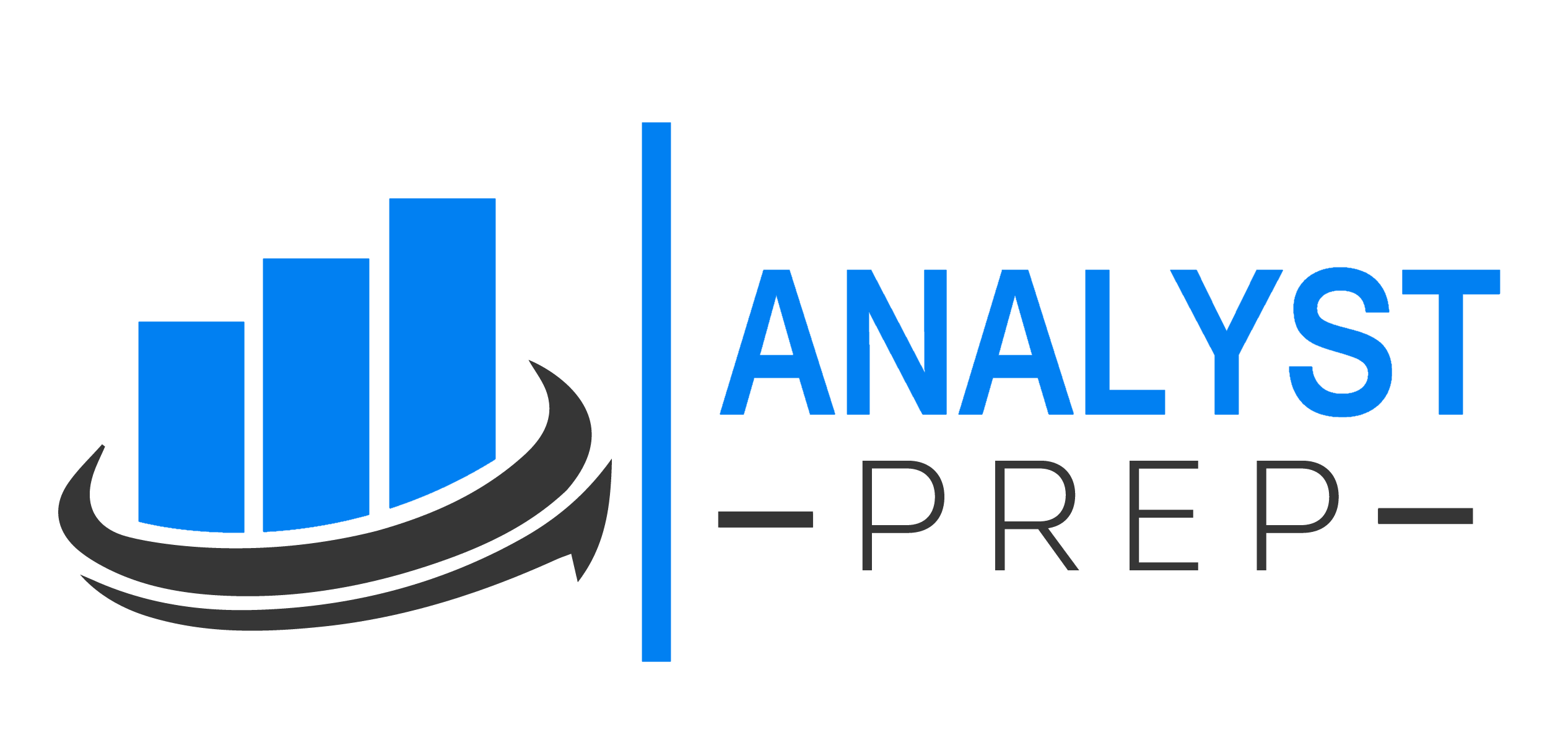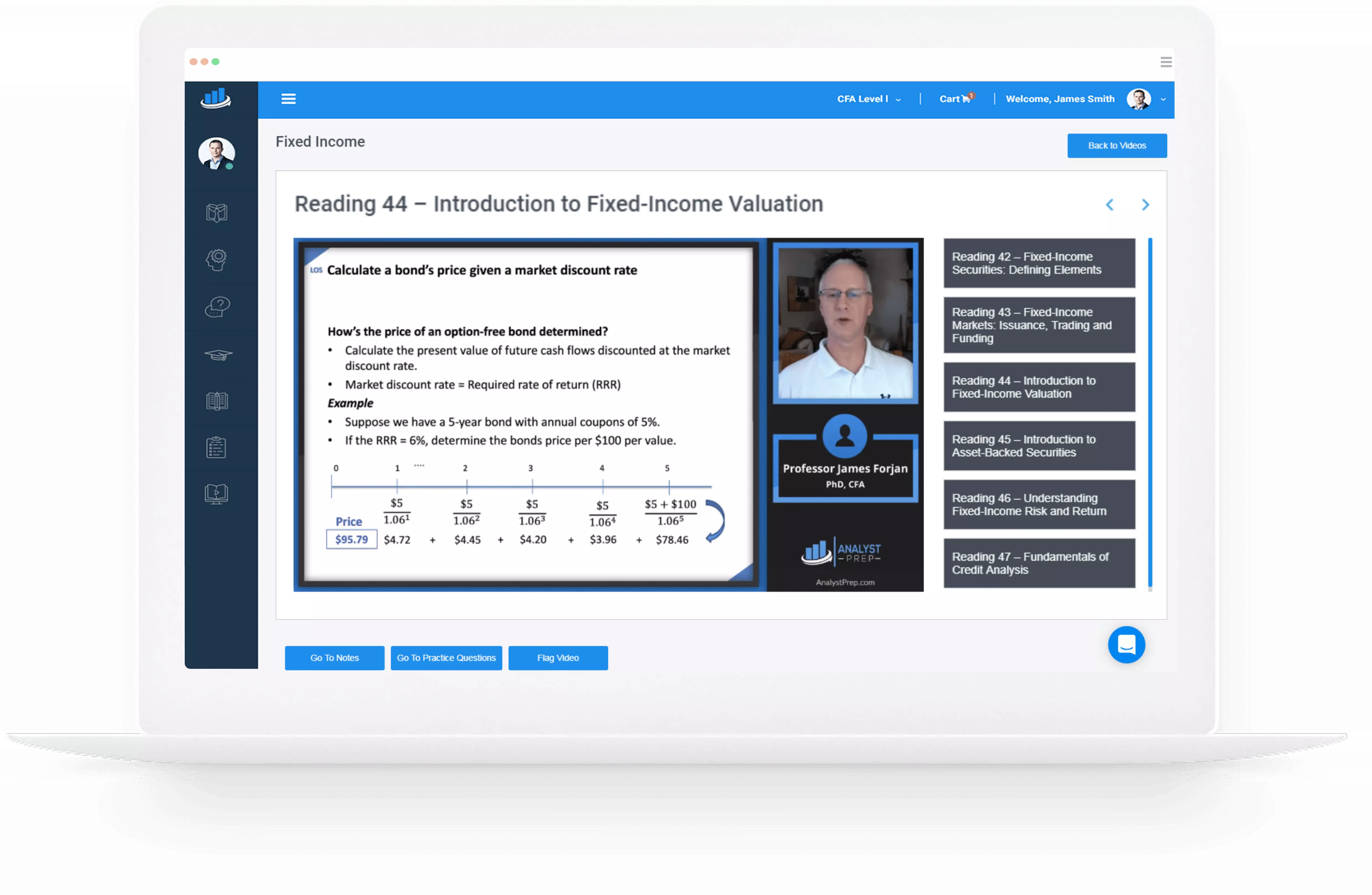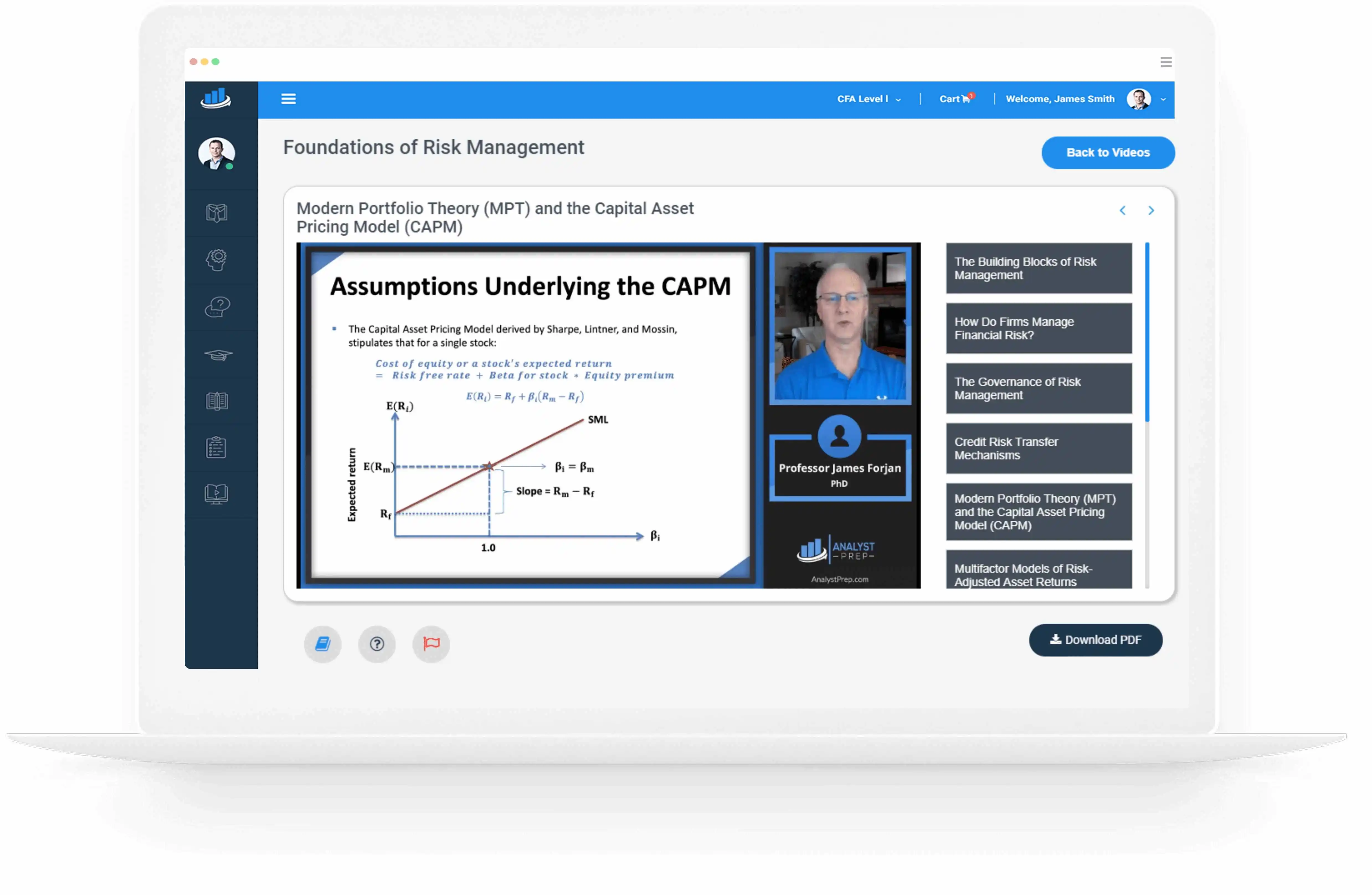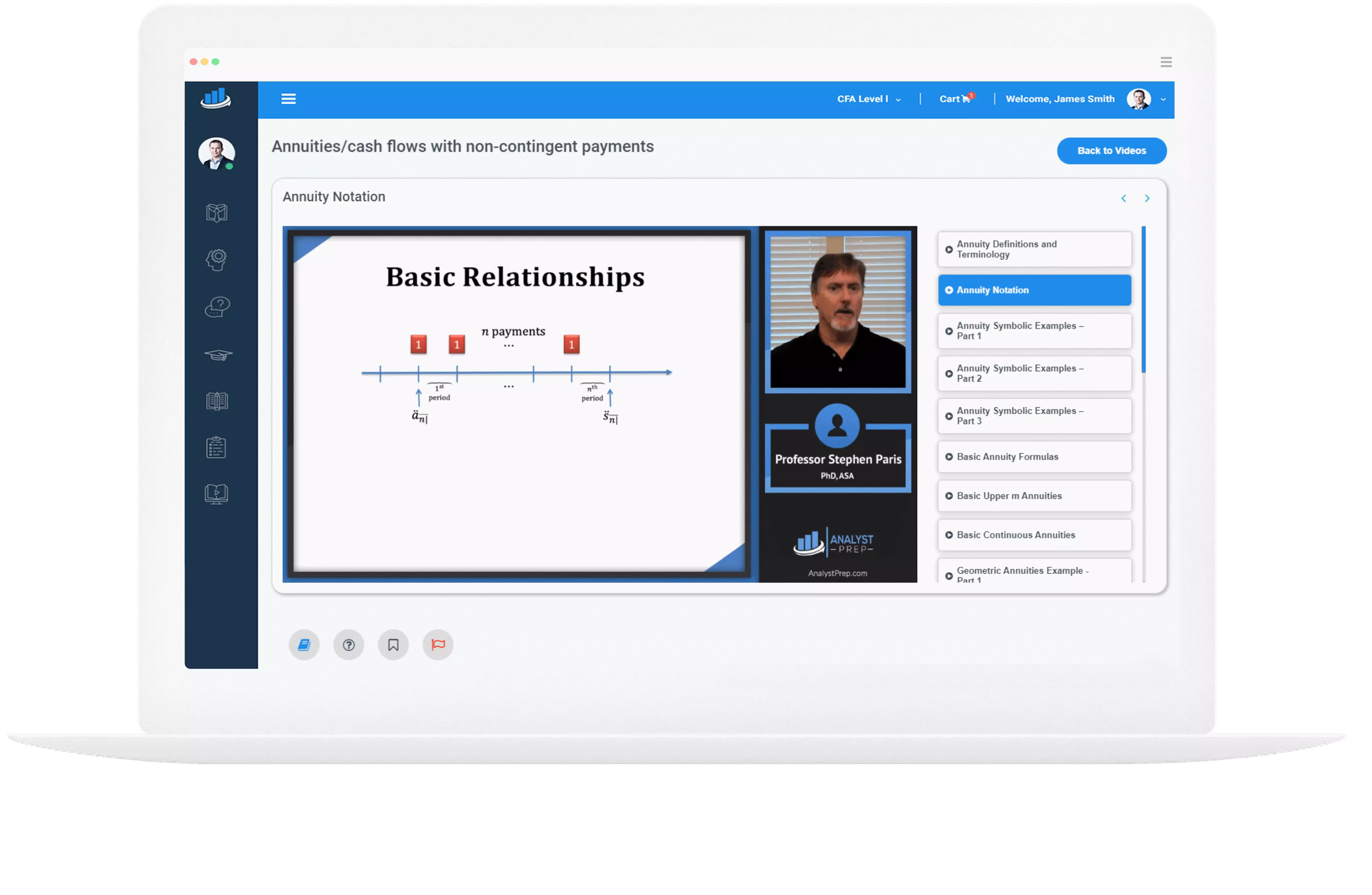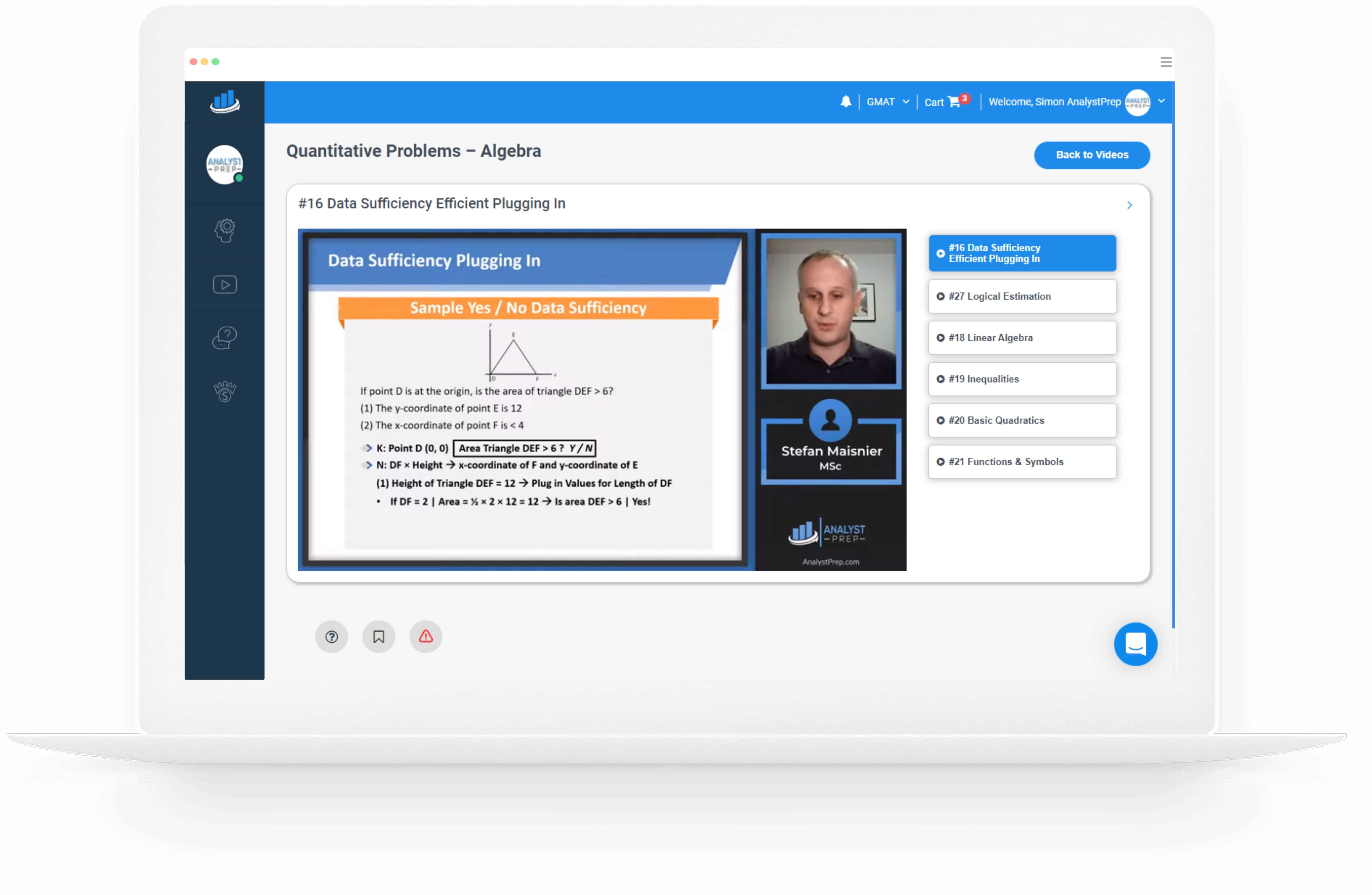Selecting an Asset Manager
It is a fact that the Code of Ethics and Standards of Professional Conduct apply to all CFA stakeholders and that candidates hoping to pass the exams need to be well versed in the Ethics material. This Los provides a…
Asset Allocation and Portfolio Construction
This section of the curriculum presents a case in which a university endowment is deciding on its asset allocation, as well as its liquidity needs. This summary may be used in conjunction with the reading as a synopsis or may…
lIlliquidity Premium
An illiquidity premium is a return earned by investors for the commitment of capital for an uncertain amount of time. In other words, it is a charge for the usage of money. Illiquidity, or liquidity premiums as they are also…
Portfolio Liquidity Risk Management
Liquidity risk involves a cost associated with locking up investor capital for an uncertain duration. Large institutional investors must plan their portfolio's liquidity to maximize fund efficiency. For example, an endowment funding college student aid may need to distribute funds…
Study Notes for CFA® Level III 2025 – Private Markets Pathway Content – offered by AnalystPrep
Learning Module 1: Private Investments and Structures Los 1(a): Features of Private and Public Investments, and The Characteristics of Private and Public Markets Los 1(b): Private Investment Methods and Structures and their Uses Los 1(c): The Difference between Public and…
Study Notes for CFA® Level III 2025 – Portfolio Management Pathway Content – offered by AnalystPrep
Learning Module 1: Index-Based Equity Strategies Los 1(a): Compare factor-based strategies to market-capitalization-weighted indexing Los 1(b): Compare different approaches to index-based equity strategies Los 1(c): Compare different approaches to index-based equity investing Los 1(d): Compare the full replication, stratified sampling,…
Measuring Return, Volatility, and Correlation
After completing this reading, you should be able to: Calculate, distinguish, and convert between simple and continuously compounded returns. Define and distinguish between volatility, variance rate, and implied volatility. Describe how the first two moments may be insufficient to describe…
Standard VII – Responsibilities as a CFA Institute Member or CFA Candidate
Standard VII(A) – Conduct as participants in CFA Institute programs Standard VII(B) – Reference to CFA Institute, the CFA Designation, and the CFA Program
Standard VI – Conflicts of Interest
Standard VI(A) – Disclosure of Conflicts Standard VI(B) – Priority of transactions Standard VI(C) – Referral Fees
Standard V – Investment Analysis
Standard V(A) – Diligence and Reasonable Basis Standard V(B) – Communication with Clients and Prospective Clients Standard V(C) – Record Retention
